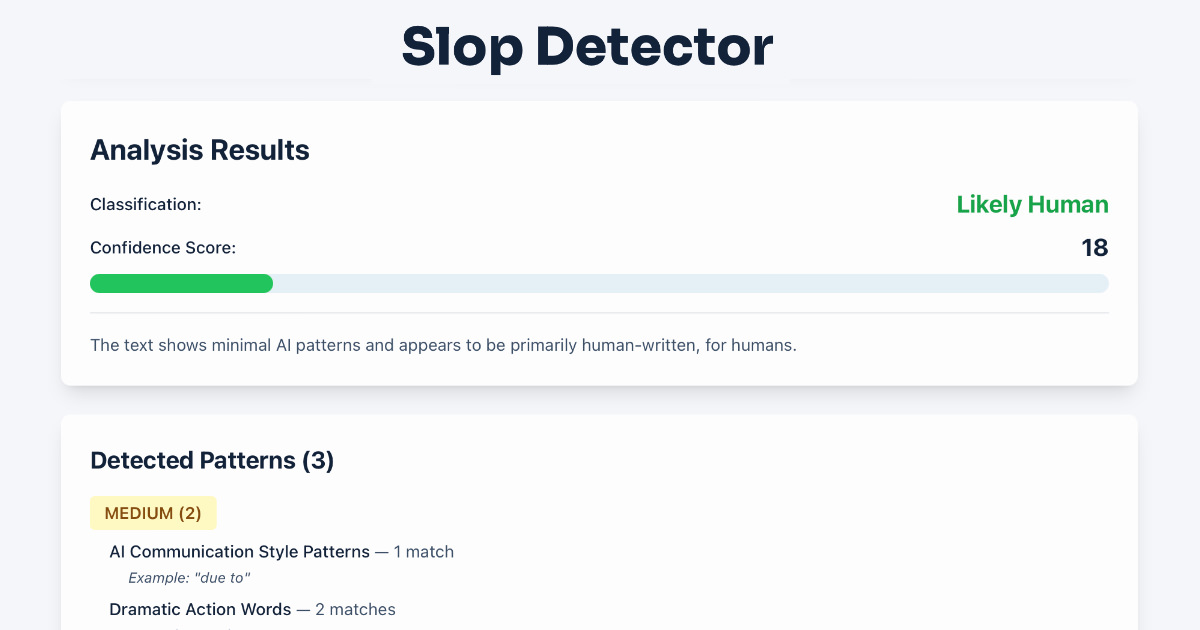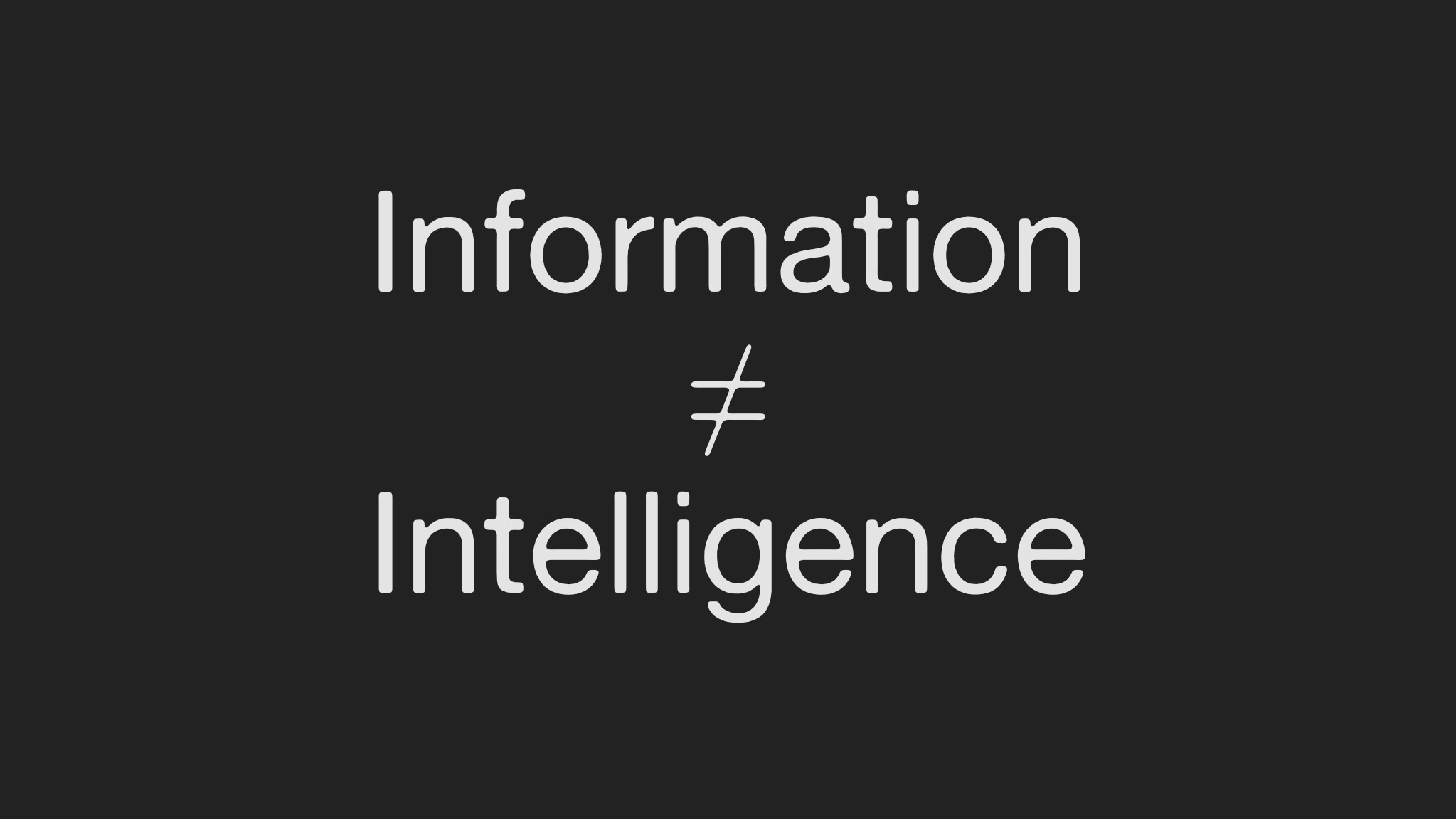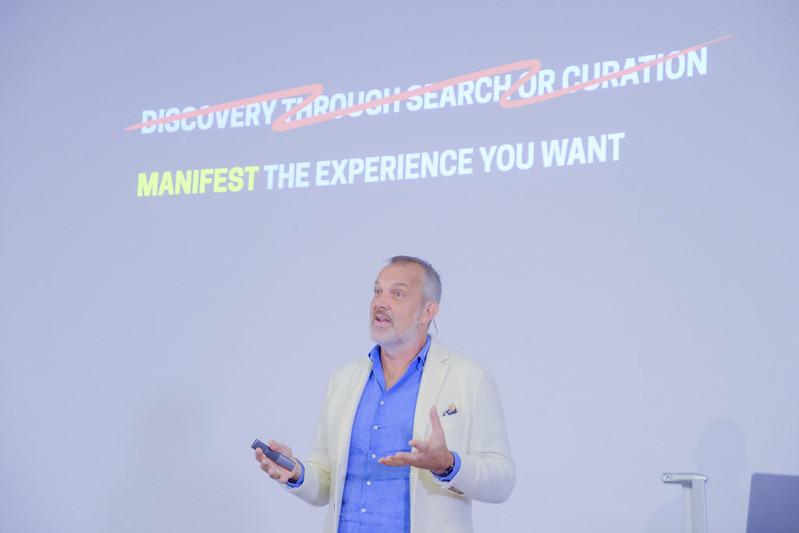Sentient Design FAQ
What is Sentient Design?
Sentient Design refers to intelligent interfaces that are contextually aware and can adapt in real-time to user needs. These interfaces leverage AI to understand intent and provide radically adaptive experiences. They are collaborative, multimodal, continuous & ambient, and deferential.
What is the Sentient Design Triangle?
The Sentient Design Triangle is a framework for understanding and mapping different types of AI-mediated experiences. It classifies experiences based on three attributes: Grounded, Interoperable, and Radically Adaptive.
- Grounded: The system has the information it needs to deliver reliable results.
- Interoperable: The system can share data and instructions with other systems.
- Radically Adaptive: The system can morph in real-time to user needs and context.
The triangle helps visualize how these attributes combine to create different AI experience archetypes, such as tools, copilots, agents, and chat.
What are Data Whisperers in Sentient Design?
Data Whisperers are AI-powered systems that translate content or data from one format to another. They can extract structured data from unstructured content, convert text to speech, translate languages, and reinterpret content for new contexts. This enables new use cases and experiences, making content more accessible and engaging.
What is the Pinocchio Design Pattern in Sentient Design?
The Pinocchio Design Pattern uses AI systems that transform low-fidelity content into high-fidelity outputs. They can flesh out an outline into text, turn a sketch into an artwork, or convert a wireframe into working code. When integrated into applications, the Pinocchio Design Pattern can create radically adaptive interfaces that respond to user behavior in real-time.
What are some design principles for working with AI?
- Focus on the Experience, not the artifact.
- Focus on the Outcome, not the output.
Focus on the problem to solve, not the technology. Start with the user need, then consider how AI can help.
Embed machine intelligence everywhere. AI should be integrated seamlessly into the user experience.
Get cozy with casual intelligence. AI doesn’t need to be complex to be useful; simple AI can provide significant value.
Surface qualities or questions that were not previously possible. Leverage AI to uncover hidden insights and unlock new ways of thinking.
Use machine intelligence to surface invisible insights or patterns. AI can help reveal patterns and trends that would otherwise be difficult to detect.
Think full journey, not one-off feature. Consider how AI can assist throughout the entire user journey.
Be expansive in exploring different shapes for your application experience. Explore various AI postures and interaction models to find the best fit for your product.
Let people do what they do best. Let machines do what they do best.
How do you manage the unpredictable nature of AI?
Designers need to embrace defensive design principles to mitigate the potential for unexpected outputs from AI systems. Key considerations include:
Present information as signals, not as facts or absolutes. AI outputs should be treated as suggestions, not definitive answers.
Communicate confidence level, and invite productive skepticism. Provide transparency into the AI’s certainty and encourage users to question its outputs.
Set expectations and channel behavior in a way that matches system ability. Be clear about the AI’s capabilities and limitations to guide user interaction.
Promote useful mental models. Help users understand how the AI works and its potential biases.
Listen with feedback loops. Continuously gather user feedback to improve the AI’s performance and address potential issues.
How can designers ensure AI is used ethically and responsibly?
Understand the potential biases and limitations of AI systems. AI models are trained on data, and they can inherit the biases present in that data. Designers need to be aware of these biases and take steps to mitigate their impact.
Prioritize transparency and explainability. Users should have a clear understanding of how AI systems work and how their data is being used.
Design for human control and oversight. AI should augment human capabilities, not replace them.
Consider the societal impact of AI systems. Designers have a responsibility to ensure that AI is used for good and does not contribute to societal harm.
What does the future hold for Sentient Design?
As AI technology continues to evolve, we can expect to see even more sophisticated and adaptive interfaces. Future Sentient Design experiences will likely:
Become more personalized and context-aware. AI will learn individual preferences and adapt to specific situations.
Integrate seamlessly with our physical environment. AI will power smart homes, connected cars, and other IoT devices.
Become increasingly conversational and intuitive. AI will enable more natural and human-like interactions.
Sentient Design is a rapidly evolving field with immense potential to transform the way we interact with technology. By embracing these principles and considering the ethical implications, designers can create AI-powered experiences that are both innovative and beneficial to society.
It’s just software
- Recommendations
- Preditctions
- Classification
- Clustering
Sentient Design’s 14 AI-Mediated Experience Patterns
Dedicated Tool
Standalone, single-purpose utility that reliably performs a specific task. Interaction is usually a simple transaction: give input, get output.
Inline Tool
Context-aware utility embedded in a larger interface. Inline tools often act on current selection/view via contextual menu, popover, or “ask the document.”
Workflow Tool
A utility that performs a specific task within a larger process. It does its work by sharing and receiving data/results with neighboring steps in the pipeline.
Sculptor
Experience that enables iterative refinement through back and forth between user and system. Think “inpainting” to edit inside an image, document, song etc.
Character
Ungrounded but performative personalities that engage in open-ended interactions. Weirdness and unpredictability is an asset
Bespoke Ui
Ul and data are dynamically chosen and assembled in the moment to match needs and context. Think dashboards that choose their own widgets.
CoPilot
Intelligent partners that provide continuous, context-aware assistance while deferring to user judgment. Auto-suggest is a common pattern.
Assistant
General-purpose helper that adapts manner and capability to meet immediate needs, combining broad knowledge with basic system access and simple memory.
Non-Player Character (Npc)
Automated account in a multi-player environment that interacts with human users. Think Slack bots, document commenters, Miro sidekicks, etc.
Intelligent Canvas
A blank slate that can manifest a new interface or application based on user needs and requests. Think tidraw, Math Notes, or Claude artifacts.
Conductor
Agent that orchestrates other agents and services to handle varied and complex tasks. Think Siri: a general interface to handle a wide range of jobs.
Tasker
Autonomous specialist tasked to perform a specific task or make narrow decisions, usually as part of a larger system.
Data Whisperer
Translator that can interpret, structure, and transform data across languages, formats, or media. Think PDF to podcast, prose to Ul, data scraping, etc.
Virtual Employee
Agent that works as a colleague, handling specialized tasks and decisions, usually with deep domain knowledge across multiple




